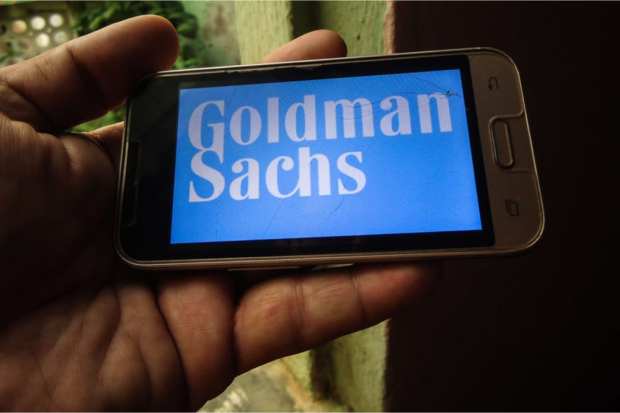Goldman Sachs’ Marcus Pauses Adding Some UK Accounts To Avoid ‘Ring Fencing’ Rules

Goldman Sachs’ consumer digital bank Marcus is facing a nice problem to have (at least on the surface) in Britain. News emerged Wednesday (June 10) that the unit isn’t taking any more applications for savings accounts because demand has been so high that the volume is pushing against U.K. regulatory constraints.
“We are temporarily not accepting new applications for our Marcus online savings account in order to manage our rate of deposit growth,” Des McDaid, managing director of Marcus by Goldman Sachs, told CNBC.
Thus far, Marcus has taken in retail deposits of more than 21 billion pounds ($26.8 billion), according to CNBC. But if that rises to 25 billion pounds ($31.9 billion), the bank would have to “ring fence” those deposits.
Goldman would have to segregate Marcus from the rest of the company, creating a new legal entity to house the unit’s retail deposits and separate them from other Goldman operations, like investment banking.
However, British consumers can still open Marcus one-year fixed-rate accounts.
Meanwhile, word emerged Wednesday that Goldman is linking up with Amazon to extend credit lines up to $1 million to U.S. small businesses that sell goods via the Amazon Marketplace. As reported by CNBC, the lines will sport interest rates spanning roughly 7 percent to 21 percent.
Interestingly, the Goldman credit offerings will compete with Amazon’s own loans to its sellers, where the eCommerce giant loaned $1 billion to roughly 14,000 sellers last year.
What’s next as Goldman continues to broaden its base and to move beyond its roots as an investment firm?
Well, Goldman recently cut the rate on its high-yield savings accounts to about 1.3 percent from a previous 1.6 percent or so. The fact that Federal Reserve chief Jerome Powell said Wednesday that stimulus efforts would remain in effect until the U.S. economy has “weathered” the current economic storm indicates rates will remain quite low in general. The Fed, after all, took its benchmark rate to essentially zero percent in March and signaled this week that it won’t raise that any time soon.
Since savings-account rates loosely follow Fed actions, it’s likely that the rates paid for savers will be relatively muted for some time as well. That implies that fewer dollars will find their way to Marcus U.S. savings accounts.
While rates remain low across the board and globally, consider the fact that “ring fencing” would add to Goldman’s costs of running its online bank (as is the case with pretty much all regulatory and compliance efforts). But reports as recently as October indicate that Marcus lost $1.3 billion over a roughly three-year span.
None of this is to suggest that the U.K. “pause” by Marcus represents a derailment of the online bank’s momentum. But it does suggest that only time will tell if this is a pause that refreshes — refreshes demand, that is.
